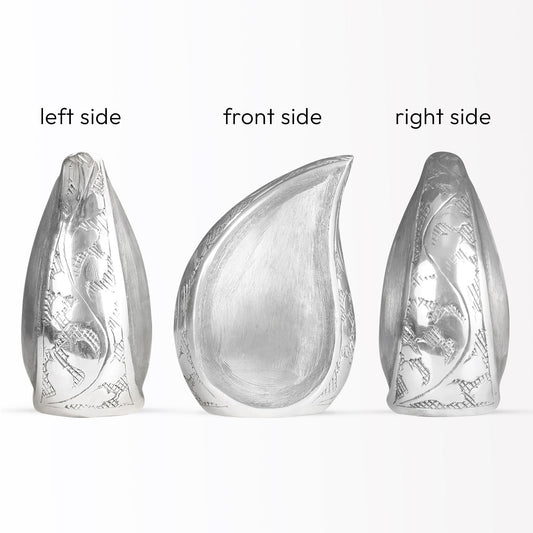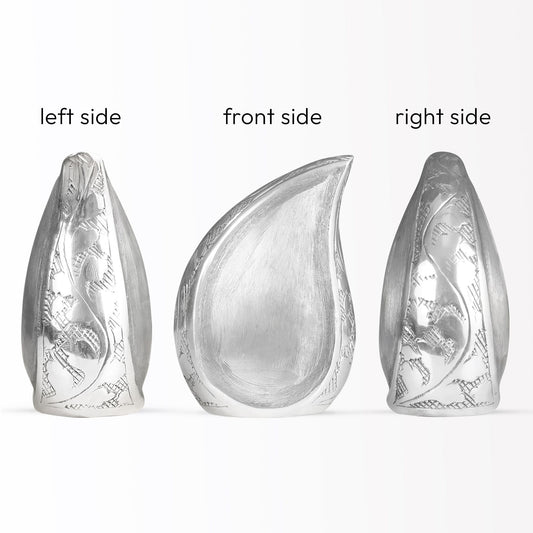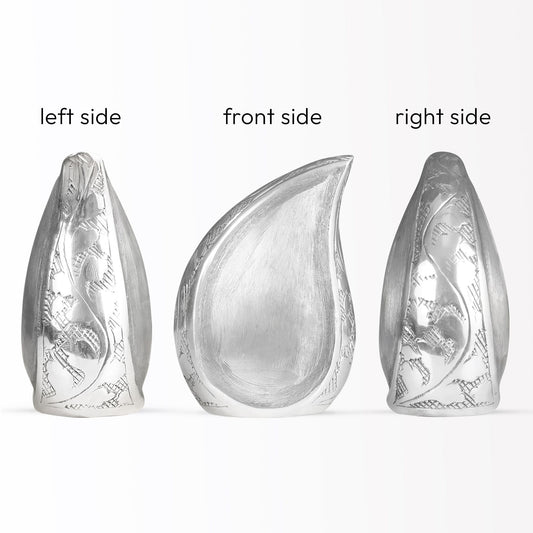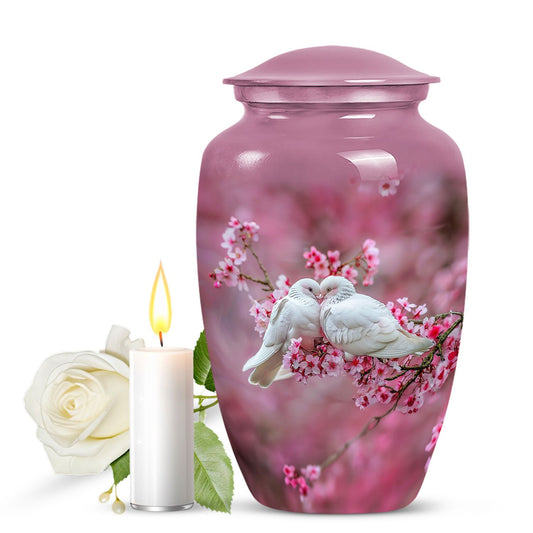Popular Urns
The Significance of Memorial Plaques and Where to Put Them

Memorial Plaques and Their Placements
Memorial plaques hold very deep and timeless significance in paying tribute to the memory of loved ones, remembering important people, and keeping history. These small but mighty markers are tangible reminders of lives lived, sacrifices made, and legacies left behind.
Because it would contain robust materials such as bronze, granite, or brass, memorial plaques endure the test of time as well as weather, assuring that future generations should always be able to pay homage and learn from the memories engraved on them.
For families who have lost beloved persons, memorial plaques, owing to their emotional value, are a place for people's reflection, healing, as well as connection. Whether placed in cemeteries, parks, gardens, or on private property, they provide a physical space for grieving individuals to visit, remember, and honor their loved ones. This physical act of visiting a memorial plaque can be an important part of the process of mourning, keeping alive the memory of the deceased. The inscriptions that often characterize the plaques with the names, dates, and personal messages can be a representation of a personality, their achievements or role in the life of survivors.
Memorial plaques may not only have personal but also public meanings as reminders of public personalities, monumental events, or landmark historical phenomena. In that respect, plaques are hence educational tools and cultural events that represent stories of collective history. For instance, historical plaques located in areas of interest tell the story of events that defined communities, countries, and the world. Many are markers of battles, homes of influential people, or achievements worthy of public remembrance.

In preserving such stories, memorial plaques form a common historical awareness and ensure that events and individuals are not forgotten.
The placement of memorial plaques is as important as the plaques themselves. Much thought is often invested in where they are put to maximize their emotional and cultural impact. Cemeteries are the most traditional location for personal memorial plaques, offering a quiet and serene environment for remembrance. Plaques can be located on benches, walls, or garden features in public parks or spaces, which can be designed as reflective environments with a natural blend into the surrounding scenery. For historical and public commemorations, plaques are usually affixed to the location of the event or at buildings and monuments that are associated with the individual or occasion being celebrated.

Alternative and creative placements of memorial plaques have recently been in vogue. There are memorial trees, benches, and even pathways that can be found in a memorial garden. These kinds of placements allow families to find a space that is characterized by peace and life into which they can place a plaque in memory of their loved one. Such placements also encourage the visitor to engage with these tributes in a more personal and reflective way.
Memorial plaques become important-lasting tributes, providing the focal point to remember the time. Whether one commemorates a loved one, historically significant event, or is marking a public achievement through memorial plaques, these markers represent something of deep-seated importance that continues far into the future for succeeding generations.
The placement with such care adds even greater value as the places become those where connection-making, remembering, and reflections are made for the users.
ALSO READ:
Display Cremation Urns in Home

























































































